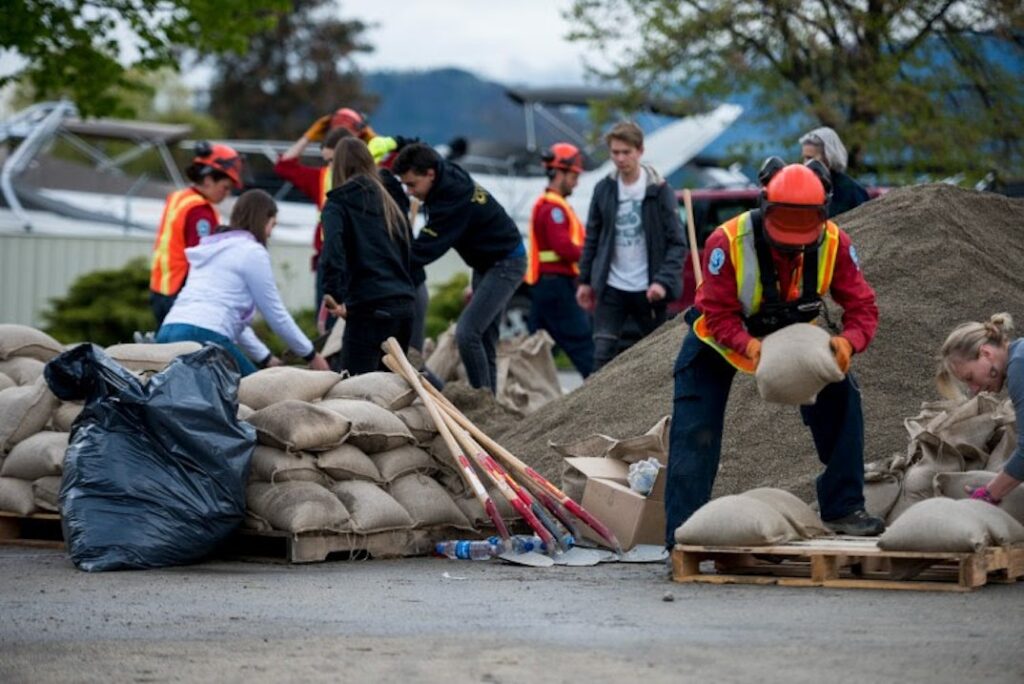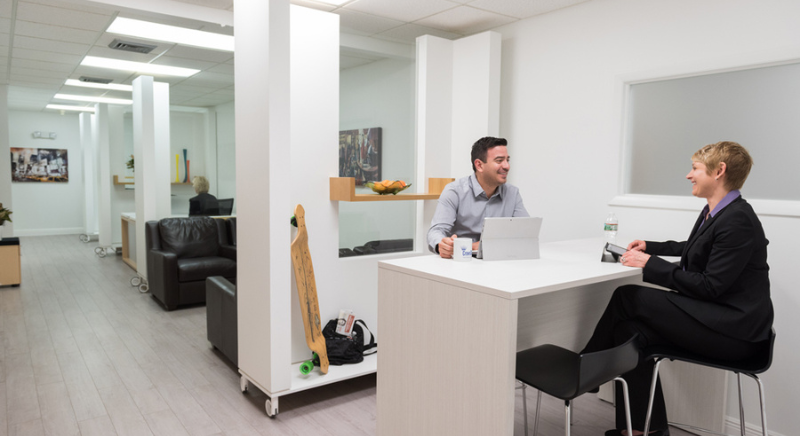Property damage is an overarching term that describes any damage or destruction to one’s personal or real property. From minor cosmetic issues to severe structural damages, property damage can result from various causes and have significant consequences for homeowners and landlords. This article will delve into the primary causes of property damage, its potential impacts, and the essential preventive measures one can adopt.
Causes of Property Damage:
- Natural Disasters: This is often the first thing that comes to mind when considering property damage. Earthquakes, floods, hurricanes, tornadoes, and wildfires can cause severe destruction. The geographic location of a property can make it susceptible to specific types of natural calamities.
- Accidental Fires: Whether triggered by a faulty electrical system, unattended candles, or a neglected stove, fires can cause massive destruction within minutes.
- Water Damage: This can result from various issues, including plumbing leaks, malfunctioning appliances (like washing machines), or natural flooding. Over time, unnoticed water damage can lead to mould growth, which poses health risks and further structural harm.
- Vandalism: Malicious damage or defacement of property is an unfortunate reality for many property owners, especially in certain urban areas.
- Infestations: Pests like termites, rats, and other critters can cause unseen damage from within, affecting the property’s foundation and integrity.
- General Wear and Tear: Over time, every property will face some degree of wear and tear, especially if it’s an older building. Though less abrupt, this slow degradation can still be substantial.
Consequences of Property Damage:
- Financial Impact: The most immediate consequence is the financial burden. Repairing or replacing damaged property can be costly, especially if the damage is extensive.
- Decreased Property Value: Significant damage can decrease a property’s market value. This is crucial for homeowners looking to sell or refinance their homes or landlords seeking to rent out their properties.
- Health Risks: Certain damages, like mould growth or structural damage, can pose direct health risks to the inhabitants.
- Emotional Distress: Property damage can also lead to emotional distress beyond the tangible impacts. Losing personal belongings or cherished memories can be heart-wrenching.
- Legal Implications: For landlords, if a rented property becomes unliveable due to damage, there may be legal consequences, especially if tenant safety is compromised.
Prevention:
- Routine Maintenance: Regularly inspecting and maintaining your property can help identify potential problems before they escalate. This includes checking plumbing systems, ensuring electrical systems are up-to-date, and addressing minor repairs promptly.
- Weatherproofing: For areas prone to specific natural disasters, preventive measures like reinforcing roofs, installing storm shutters, or flood-proofing can mitigate damage.
- Fire Safety Measures: Installing smoke detectors, having fire extinguishers handy, and ensuring your property adheres to fire safety standards can prevent accidental fires.
- Security Measures: To prevent vandalism or theft, consider investing in security systems, surveillance cameras, and motion-sensor lighting.
- Pest Control: Regular pest inspections and treatments can prevent infestations that can cause structural damage.
- Educate and Engage Tenants: For landlords, ensuring that tenants are aware of and adhere to safety guidelines can prevent many accidental damages. Regular communication and setting clear guidelines can go a long way.
Landlords, in particular, are in a unique position where they might only sometimes be on the property to monitor its condition. While they can rely on tenants somewhat, having an additional safety net is crucial. This is where landlord insurance comes into play. It offers protection against potential property damages and provides a financial cushion, ensuring that damages don’t translate into overwhelming expenses.
Conclusion:
Property damage, while sometimes unpredictable, doesn’t have to be devastating. By understanding its causes and potential consequences, homeowners and landlords can take informed preventive measures. Being proactive, investing in maintenance, and safeguarding with the right insurance can make all the difference in preserving the value and integrity of a property. Remember, it’s not just about brick and mortar; it’s about protecting properties’ memories, investments, and future.




